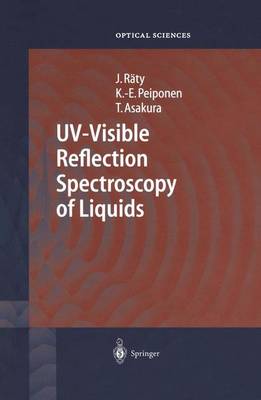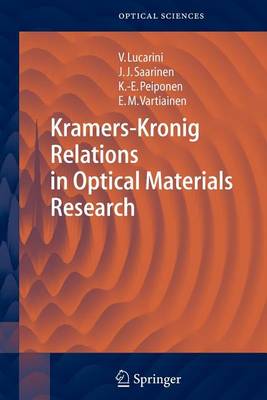Springer Series in Optical Sciences
3 primary works
Book 92
UV-Visible Reflection Spectroscopy of Liquids
by Jukka A. Raty, Kai-Erik Peiponen, and Toshimitsu Asakura
An up-to-date overview of reflectometers used for optical spectroscopy of various kinds of liquids, ranging from well-known transparent liquids to "pathological" industrial liquids. The book reviews and explains basic materials for anyone wanting to get to know the theory, spectral analysis and modern devices needed for the measurement of refractive index and absorption of liquids. Moreover, the book gives an introduction to reflectivity from optically nonlinear liquids such as liquids containing nanoparticles.
Book 110
Kramers-Kronig Relations in Optical Materials Research
by Valerio Lucarini, Jarkko J Saarinen, and Kai-Erik Peiponen
Book 116


